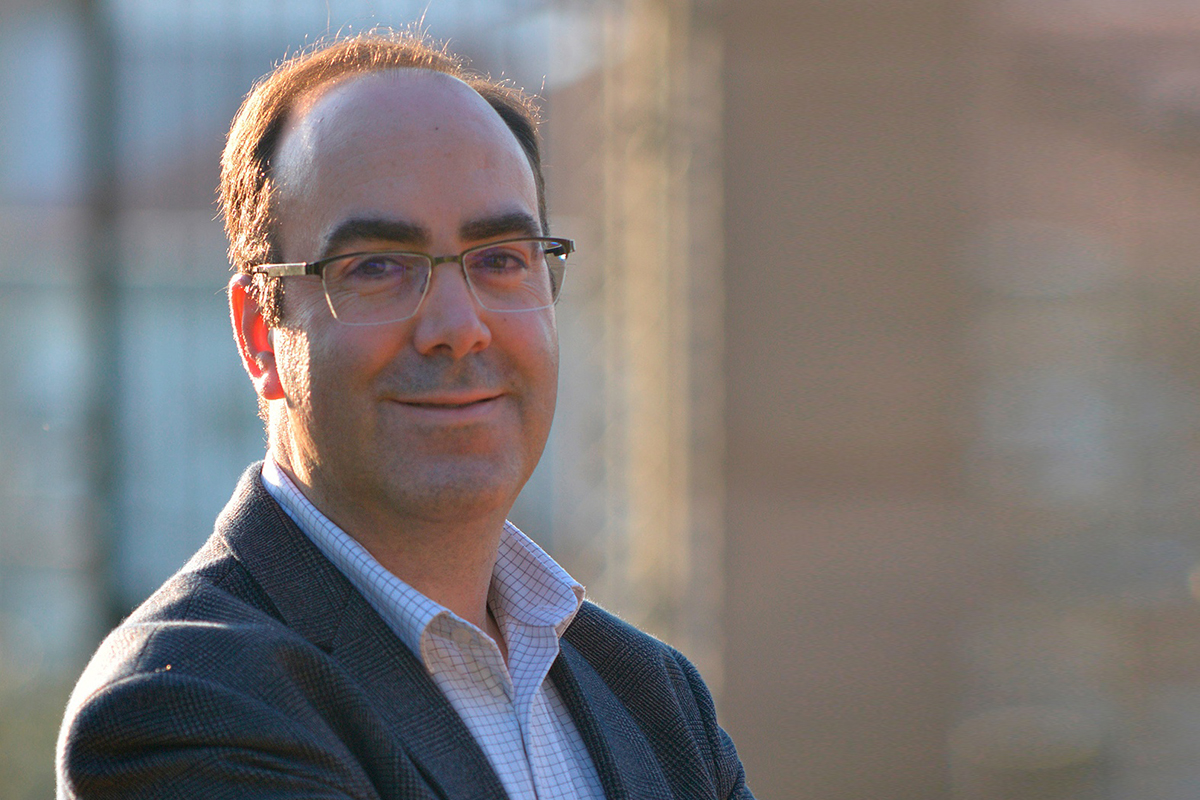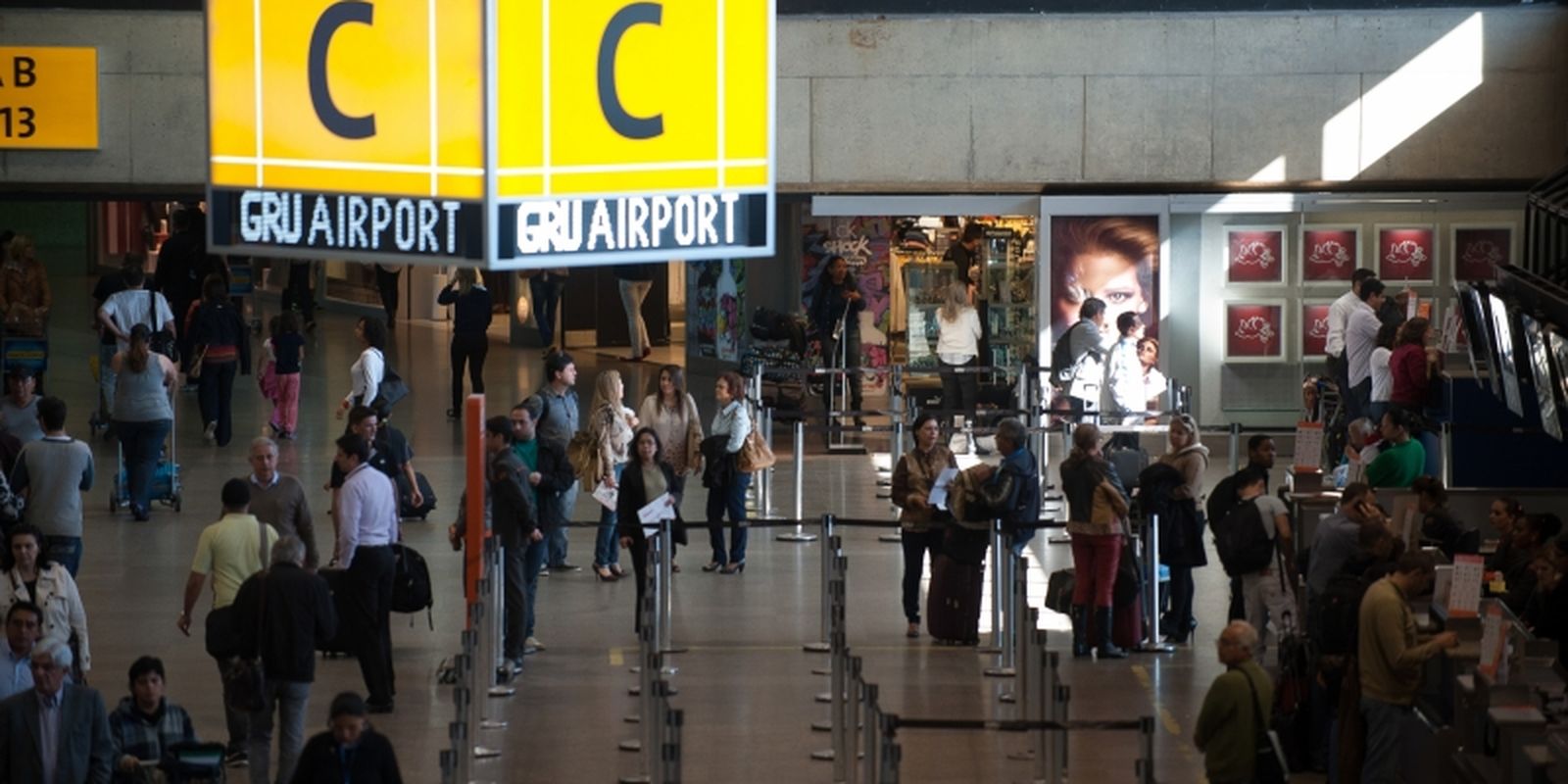The dimension and relevance of emigration on the national territory, a constant structure of Portuguese society, have resulted in the construction in recent years, throughout the country, of several monuments to the emigrant, with the aim of recognizing and honoring the contribution they make to the development of their lands of origin .
As sociologists Alice Tomé and Teresa Carreira observe, in Emigration, identity, education: Lusitanian myths, art and symbolsthis phenomenon of building monuments to the emigrant “marks the Portuguese landscape today”, being, to a large extent, a reflection of “the soul of a combative, hardworking, myth-making people who, for the reasons the most diverse, does not hesitate to bend the borders”.
Less known to the general public, but no less imbued with symbolism and national sentiment, there are also several examples of monuments to Portuguese emigrants erected over the years within the diaspora, perpetuating both the invaluable role they played in homelands, and cherishing his belonging to the homeland of Camões.
For example, in France, a monument was inaugurated in 2008 in honor of the Portuguese community, the largest Portuguese community in Europe and one of the main foreign communities established on Gallic territory, around one million people. The work of the Portuguese sculptor Rui Chafes, entitled “Venho de ti / I come from you”, is installed in the Departmental Park of the Plateau, in Champigny, a huge former shantytown which, in the middle of epic of Portuguese emigration to France in the 1960s, it housed more than ten thousand Portuguese.
In North America, home to the largest and most vibrant Portuguese communities in the world, are some of the most iconic monuments that mark Portuguese heritage. This is the case of Canada, whose Portuguese community is distinguished by its associative, economic and socio-political activity, and whose roots of the Portuguese community date back to May 13, 1953, the date of the arrival in Halifax, province of New Scotland, from the first Portuguese emigrants.
As part of this historic legacy, the “Monumentos dos Pioneers” in High Park were inaugurated in 1978, as part of 25 years of Portuguese presence in Canada. A granite and marble monument which has since played a fundamental role in the June 10 festivities, portugal dayCamões and the Portuguese communities, still celebrated with fervor by the Portuguese-Canadian community of Toronto, the metropolis where most of the more than 500,000 Portuguese and Portuguese descendants in Canada live.
Later that year, as part of the 70th anniversary of Portuguese emigration to Canada, it was inaugurated in Camões Square in Toronto, a symbolic space that already housed monuments such as the Fonte dos Pioneiros Portugueses, a Murale de Azulejos and the Portuguese Canadian Walk. of Fame, an imposing sculpture commissioned by Commander Manuel DaCosta, one of Toronto’s most active and distinguished Portuguese businessmen, called “Guardian Angel”. Sculpted in marble from Estremoz by the Portuguese sculptor Paulo Neves, it is made up of seven pieces, each representing a decade of emigration.
Further south, in Brazil, where the largest Portuguese community in Latin America still resides, two significant examples testify to the perpetuation of the migratory flow and the importance of the Portuguese presence in the vast South American country. Mainly in Porto Alegre, municipality and capital of the southernmost state of Brazil, Rio Grande do Sul, where the “Monumento dos Açorianos” was inaugurated on March 26, 1974, the city’s anniversary day, in honor of the arrival of the Açorianos in the 19th century. XVIII of the first sixty Azorean couples that populated the city. The majestic monument with futuristic lines, located in Largo dos Açorianos, and signed by the sculptor Carlos Tenius, recently restored and revitalized, inscribed a pithy phrase: “The Azorean couples would never have imagined that from the seed they sowed on the ground there the splendor of this city would be born”.
Still in Brazil, but in August 1996, the “Monumento ao Povoamento Açoriano” was inaugurated in Florianópolis, in the state of Santa Catarina. Built on the continental head of the Pedro Ivo Campos bridge, which connects the island of Santa Catarina to the mainland, and signed by the plastic artist Guido Heuer, the monument initiative was promoted by the Federal University of Santa Catarina (NEA ), the Municipality of Florianópolis and the Regional Government of the Azores, constituting a unique tribute to the Azoreans spread across southern Brazil.
These monuments, and others that are or can be projected in the host countries of the Portuguese spread throughout the world, are an undeniable added value to perpetuate the memory of Portuguese emigration. As researchers Eloisa Ramos and Luciana de Oliveira point out, in the article On the history, memory and heritage of southern Brazil – monuments to the Azoreans in Porto Alegre and Florianópolisto erect “monuments, in this context, is to celebrate and also to pay homage, since a monument, as the Dictionary of the Portuguese language tells us, is above all,[…] a work of art erected in honor of someone or to commemorate a notable event”.
Daniel Bastos, historian
https://www.youtube.com/watch?v=

“Freelance communicator. Hardcore web practitioner. Entrepreneur. Total student. Beer ninja.”







